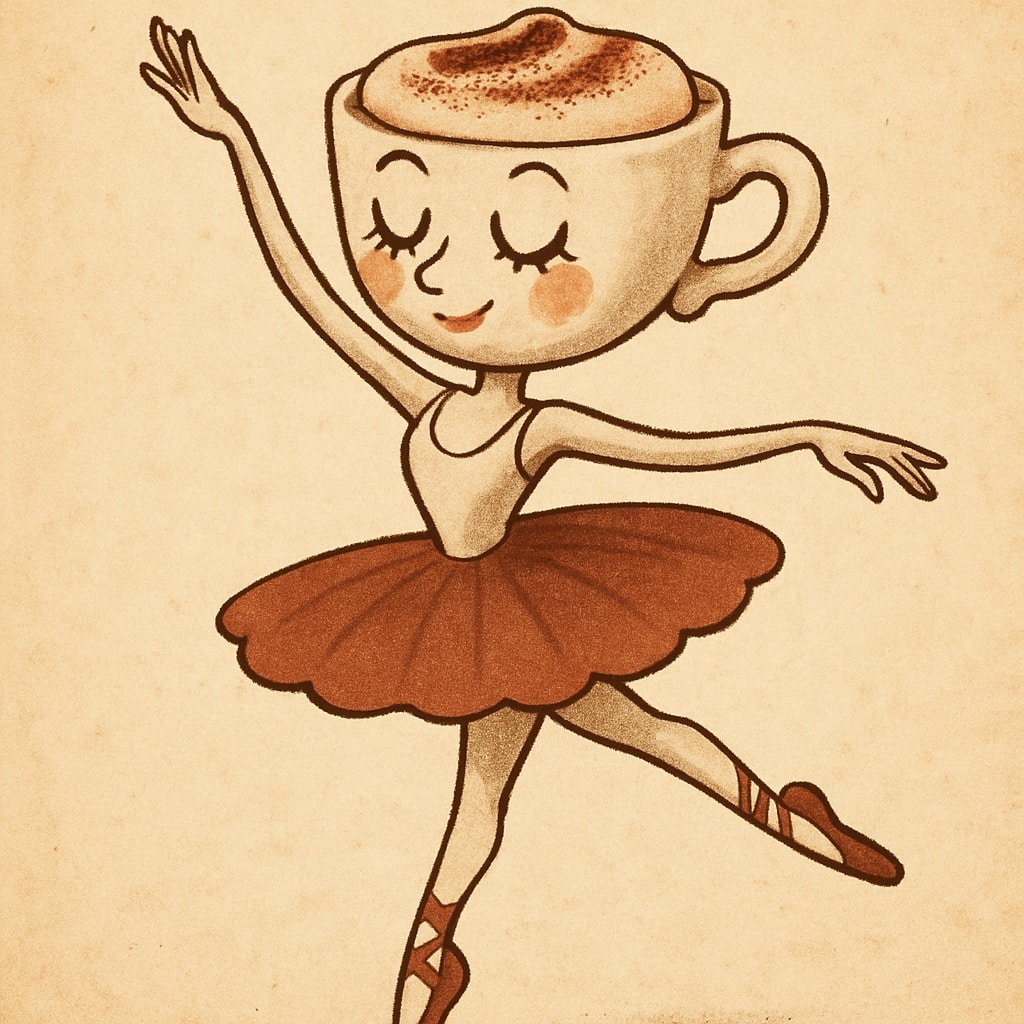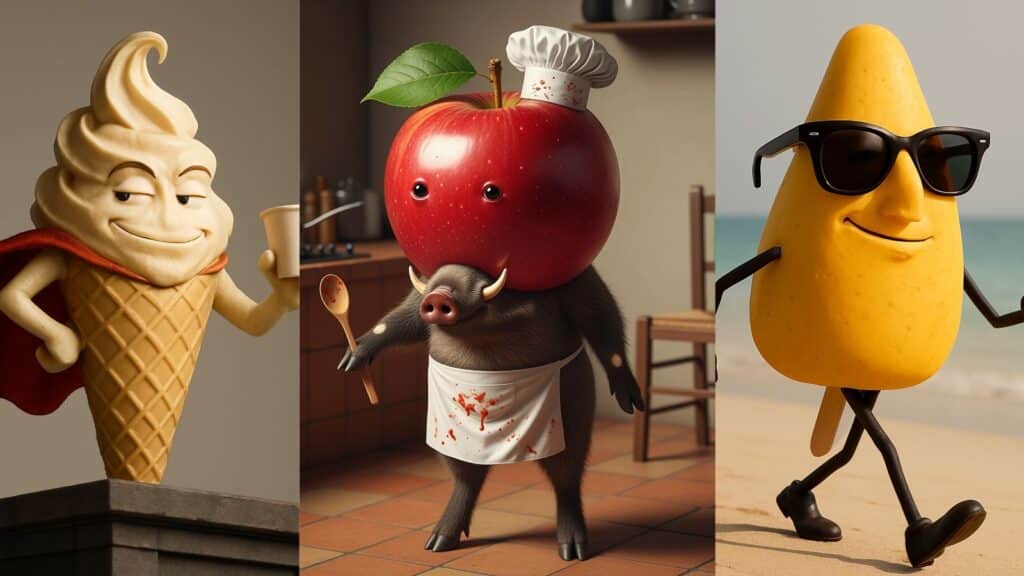“Brainrot” used to be just an insult online. Then it became a label, and now it’s all over TikTok in many different forms. One of the weirdest branches of it is called Italian brainrot, and it has taken over feeds everywhere. Of course, to most Americans, it’s utter nonsense, yet it has somehow become popular with many young people. How did something this absurd become the latest obsession?
What “brainrot” means
The word “brainrot” exploded in 2024 when Oxford University Press named it Word of the Year. People began using it to joke about how endless scrolling on social media fries your brain, and the phrase itself stuck because everyone agreed.
On TikTok, though, the term “brainrot” is more than simply feeling zoned out. It’s used as shorthand for clips that are so dumb that people can’t stop watching them. These videos are often short and overstimulating, yet also oddly rewatchable. Most teens use the term to describe what they watch late at night, and now even teachers are referencing it to keep up.
Essentially, “brainrot” is the kind of content you know you shouldn’t love, but you can’t look away from.
What “Italian brainrot” actually is

Italian brainrot took what makes brainrot so addictive and cranked it up. It’s a mix of fake Italian-sounding gibberish and silly AI characters, as well as over-the-top voices. None of it’s actually Italian. But that’s part of the fun because it just feels Italian enough to be funny.
There’s a whole cast of characters, including Ballerina Cappuccina, a dancer with a coffee cup head, who’s somehow become popular among middle schoolers. The audio clips loop rather seamlessly, and you can’t always tell where they end. This kind of rhythm is what makes them spread.
The sound palette and naming formula
Every “Italian brainrot” video seems to have that same sound, with a half-yelled, half-sung fake Italian voice. These videos often use words ending in “-ini,” “-oni,” or “-etta” because these are common word endings in actual Italian. Viewers don’t need to know what’s being said in the video because the sound itself carries the joke.
Alongside Ballerina Cappuccina is Bombardiro Crocodilo, a part airplane, part crocodile character. There’s also Tralalero Tralala, who usually appears in the form of a weird shark or dancing shoe. Each one uses that same two-word pattern that sounds just Italian enough to feel familiar.
Where it took off on TikTok

Italian brainrot didn’t exactly “launch” as such, but rather, it simply appeared. A few clips hit TikTok’s For You page, and the algorithm did the rest. Since the app doesn’t rely on followers to share content with people, one funny clip can reach millions overnight. People soon began remixing the same sounds and reusing the same jokes because TikTok’s system loves fast, repetitive stuff.
The algorithm notices what you finish watching and immediately gives you more of the same stuff. Before long, the app was filled with AI creatures screaming pseudo-Italian phrases in perfect loops.
Why AI helps this specific wave scale
A big reason Italian brainrot blew up so fast is that AI tools make it much easier to churn out content. Apps that generate cartoonish characters or voices are now able to spit out different versions of these characters, or entirely new ones, in seconds. So once one creator goes viral, dozens more can copy the format instantly.
Ballerina Cappuccina is one example of this, as are the spaghetti monsters and espresso angels that followed. The technology made it easy to mass-produce nonsense at a dizzying pace.
The look of these clips is just as important as the sound. They’re usually bright and simple, with the character being framed so that they fill most of the screen. This makes it easy to spot what’s happening, even when you only managed to see half a second of the video before it loops again.
Why this sticks with American tweens & teens specifically

For young Americans, these clips are as funny as they are effortless. There’s no context or storyline involved, just instant payoff from watching it. The rhythm and fake language make it easy to mimic, while repeating the names out loud becomes part of the fun for young people. It’s also easy to make your own version.
Essentially, what’s important with this trend isn’t necessarily the meaning. Rather, it’s the rhythm and repetition, as well as the quick hit of seeing something you already half-know in a new outfit, that makes it so addictive for kids.

